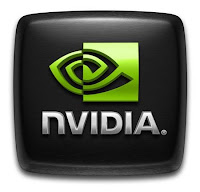Remastering with Suse Studio
 Just like an article on Cnet, Suse Studio is a power full tool created remaster of Open Suse. It is web based tool so we don't need to install in our computer.
Just like an article on Cnet, Suse Studio is a power full tool created remaster of Open Suse. It is web based tool so we don't need to install in our computer.It's has a lot of cool features. Freedom to build our own distro is a must. So we could simply add or remove unwanted package. Customize both of loading page and the logo.
Plus
We got 15 GB free space.
Minus
This site is just beta version. So the member is still limited. Need approval from the administrator first.
Simple How To
1. Registration
2. Wait for approval (may be a month :)
3. Make an Account
4. Make project to create distro
5. Download
6. Burn the iso
7. Install
Have a nice your own opensuse.

